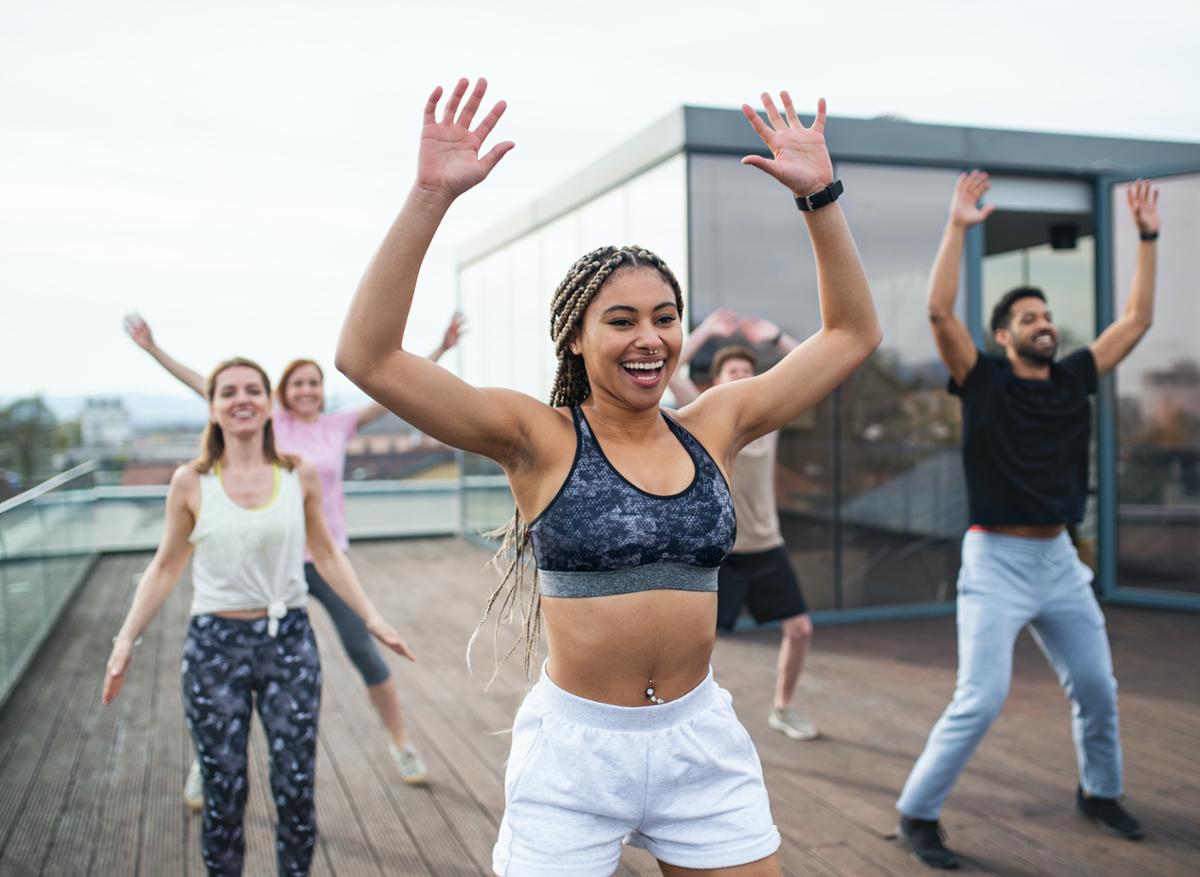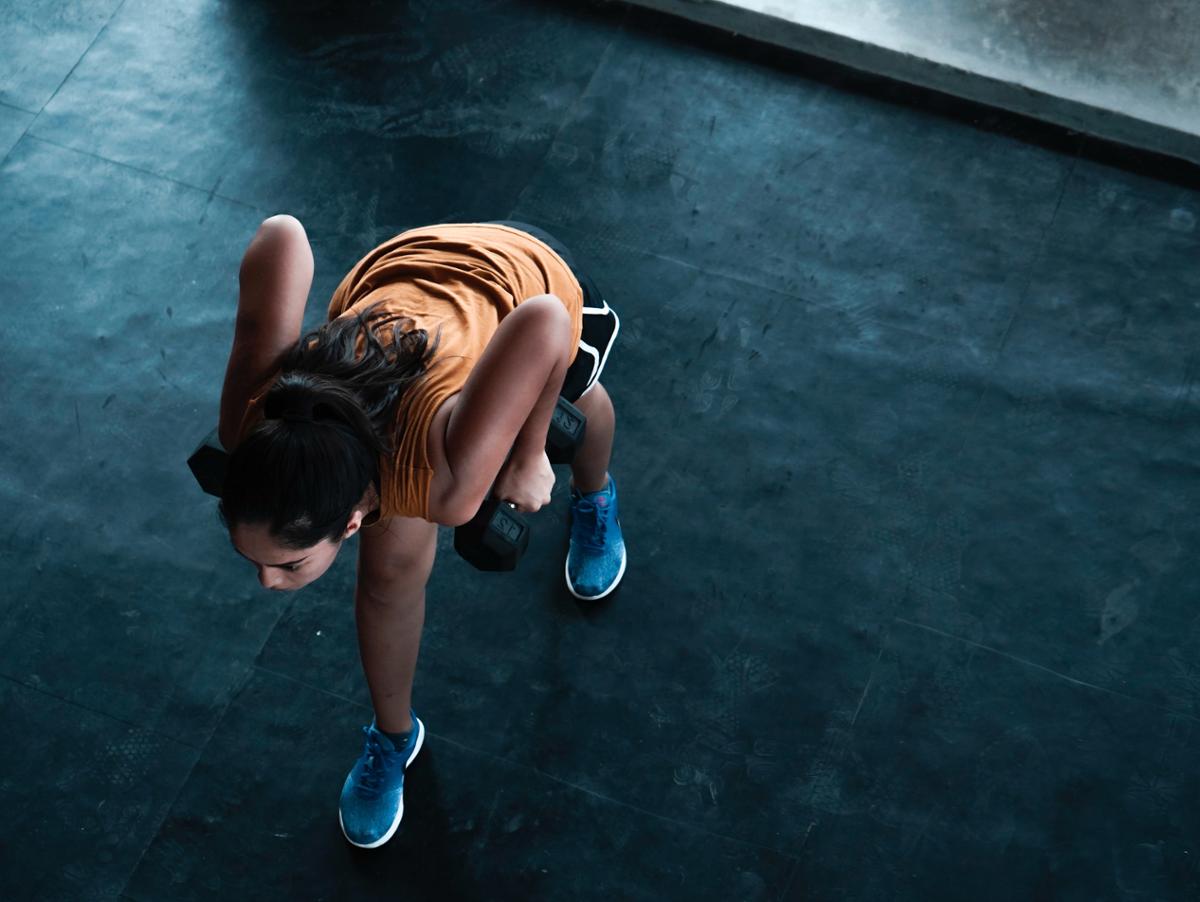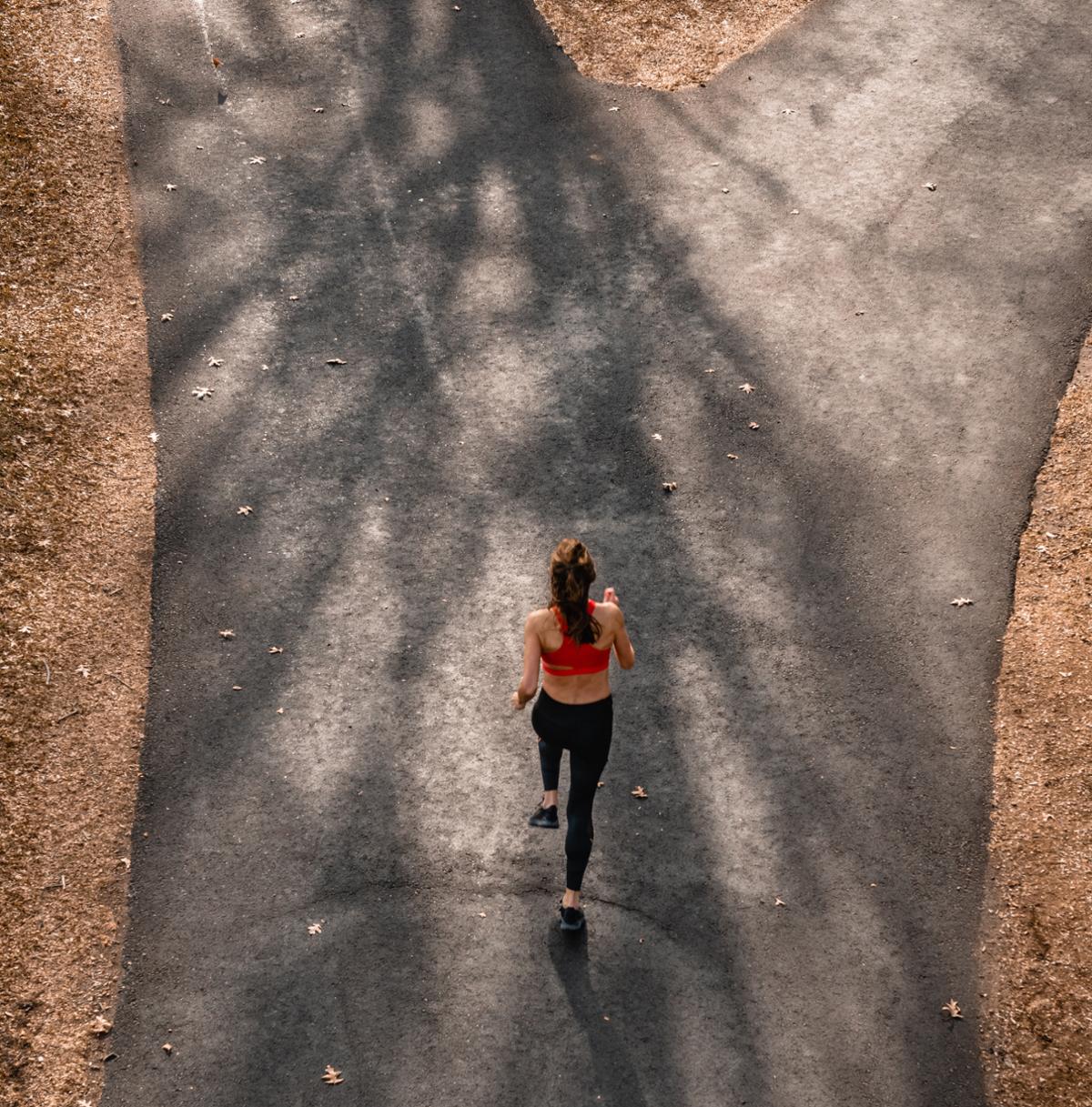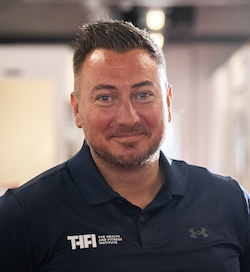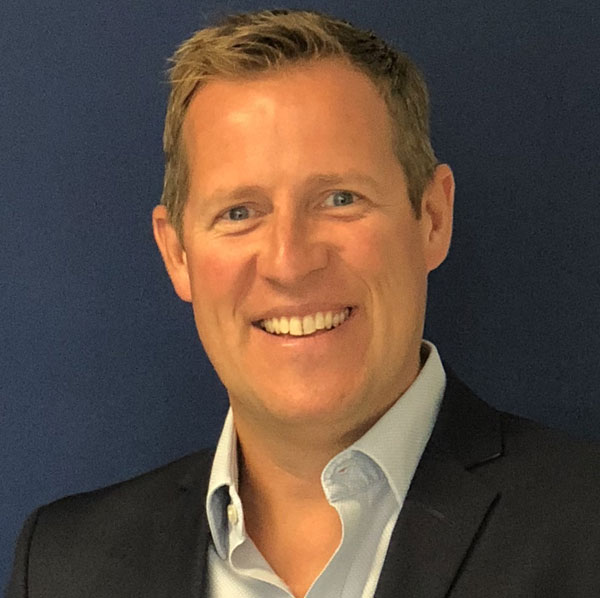For someone suffering from an eating disorder the triggers are everywhere – calories listed on menus, anxiety-inducing government campaigns about weight and before and after selfies by influencers.
Other culprits include the labelling of ‘good’ and ‘naughty’ food which is embedded in our culture and even characters in books and films who are described as ‘fat’ and seen as less desirable. The list goes on.
Implicit is the need for females to be smaller and males to be ripped and this can be confusing for someone suffering from an eating disorder – they were just doing what they thought was right.
Eating disorders were on the rise pre-pandemic but have skyrocketed around the world since 2020. At its peak during lockdowns, calls to eating disorder charity Beat’s helpline increased to 300 per cent above pre-pandemic levels, while the Royal College of Paediatrics and Child Health is urging parents to look out for signs of eating disorders in children and young people: its snapshot survey suggests some parts of the UK have seen a three- or four-fold increase in cases in the last year.
Consultant in paediatrics at King’s College Hospital and South London and the Maudsley, Dr Simon Chapman, has worked in the field for 10 years and never been so busy. He says referrals trebled in the year after March 2020 and according to the NHS, 2,508 children were admitted to hospital because of eating disorders from April to October 2019 rising to 4,238 in the same period in 2021: an increase of almost 70 per cent.
It appears to be a global issue and medical records from 80 US hospitals show a 25 per cent increase in adolescent eating disorder patients from March 2020 to August 2021. A report published in The Lancet earlier this year, entitled The hidden burden of eating disorders during the COVID-19 pandemic said disorders are most prevalent in high-income countries, but a trend has been observed around the world, especially in east and south Asia. There are also multiple reports from Europe, Australia and North America to show increases.
Thanks again COVID
NHS associate clinical director for children and young people’s mental health, professor Prathiba Chitsabesan, says the rise could partly be attributed to the unpredictability created by the pandemic, including the sense of isolation, disruption to routines and experiences of loss and uncertainty.
Author of Anorexia and other eating disorders, Eva Musby, says her work supporting parents of young people with eating disorders indicates that lockdown and pandemic-induced stress, anxiety and isolation have contributed the rise. However, she cites another reason, which is relevant for our industry – extreme exercise. “Many parents have told me their child got obsessed with online exercise programmes,” she says. “Their eating disorder started with a decision to ‘eat healthy', and/or take part in online workouts. At first it seemed good thing to give structure to the day and lift the mood. Until it became obsessive.”
This is where it can get difficult for our industry, because for an unfortunate minority, exercise can become a weapon they use to punish themselves. Exercise takes on a distorted meaning: it’s compulsive, punishing and used to atone for food which has been eaten – going to the gym becomes a negative addiction, an obsession, a superstition.
How to step in
There’s a lot the industry can do alleviate the problem, and become part of the solution. Firstly, being aware this is a problem and looking out for negative or disordered behaviours.
“It would be beneficial for fitness professionals to be aware of the signs of an eating disorder and the support which is available, as early intervention can play a large role in recovery,” says Umairah Malik, clinical advice coordinator at Beat. “Being aware of warning signs of an eating disorder and including these in messaging could also support people to look out for each other. This should also include signposting for support.”
But how can you tell if a regular member has a problem or is just very keen? Physical size is not an indicator of an eating disorder, it’s about how the individual feels about food and exercise. Physiotherapist and PT at BodyWorksWest in London, Chloe Munro, says communication is key, and it’s important to find out members’ motivations.
“I question all clients at their induction,” says Munro. “They say they want to be toned, but I dig deeper, break it down and ask them what they really mean. Alarm bells ring if they say things which show they’re focused on diet, calories, constant weighing or drawing attention to a part of their body they don’t like.”
Having worked with clients with eating disorders, Munro has found listening has been incredibly powerful: “Be empathetic, allow them to leave feeling they’ve been heard. It’s less about giving advice and more about making the client feel understood, that they’re not alone and that there’s a solution.”
Sometimes training habits need to change: moving away from beasting cardio and towards free weights, as well as promoting a positive mindset towards exercise. “Moving the body and exercising is healing,” says Munro. “Encourage them to see the bigger picture of what exercise can give them beyond weight loss. Movement boosts endorphins and makes you feel strong and empowered. The gym is a social place to make friends and exercise should be a fun habit, not a compulsive one.”
Young people who may be vulnerable to eating disorders are more likely to access online rather than gym-based workouts and experts who work in the field of eating disorders have called on those streaming online workouts – especially high-profile celebrities – to be careful about messaging.
Wider society
Is it possible for health recommendations to be universal if some people need to be persuaded to move, but other will move too much? Does messaging need to change across society? For someone with disordered thoughts around food and exercise, for example, even the basic WHO exercise guidelines would be triggering.
Beat has previously published a report on the risks which government anti-obesity strategies pose to people with eating disorders. The charity wants to see an end to campaigns which ignore the risks to people with eating disorders and calls for a holistic approach to addressing obesity, informed by evidence from the field of eating disorders.
“We’d like to see campaigns move away from weight-shaming and instead support the building of self-esteem and positive behaviour changes,” says Malik. “Anti-obesity campaigns commonly focus on raising anxiety about the impact of obesity, exacerbating anxieties in people with eating disorders. They also fail to recognise that eating disorders and obesity are not separate issues. Many people with eating disorders also have obesity and obesity is a risk factor for developing an eating disorder.”
Musby says messaging could work for everyone as long as it’s one of moderation, balance and respecting and trusting your body. “Your average person shouldn’t be told to count calories, but to develop awareness and respect when it comes to appetite and fullness, combined with self-love and respect for the yumminess and sociable aspects of food,” she says. “Yes, it's harder to put that across than calorie-counting, but it would serve everybody better.
“Everyone, whether couch potato or prone to exercise compulsion, should be getting the message that bodies like to move, and they also like to rest. It's good to discover what we like to do in order to feel energised, not to change body shape.”








